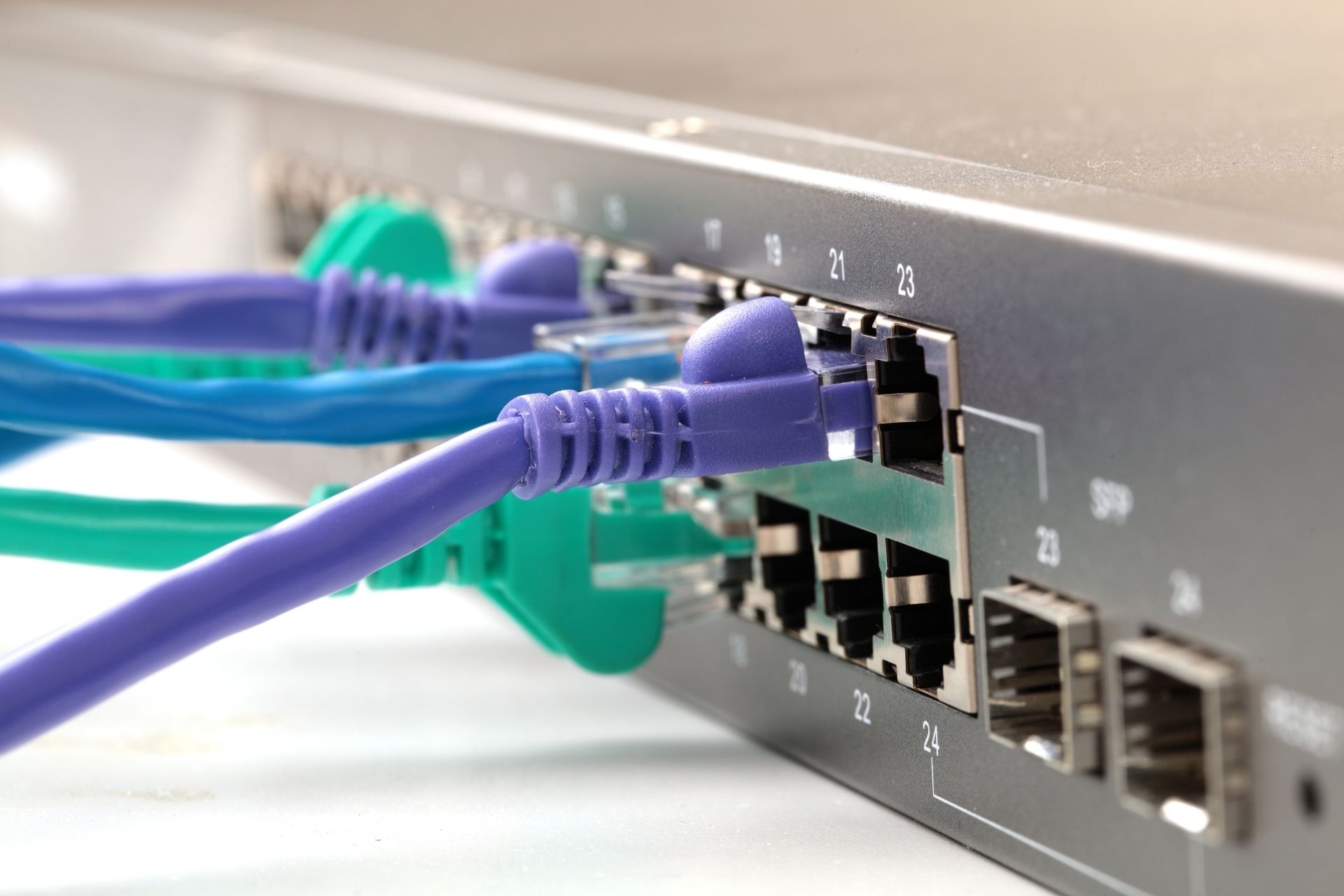Next-Generation Passive Optical Network 2 (NG-PON2)
How does NG-PON2 improve upon the bandwidth limitations of previous passive optical network technologies?
NG-PON2 improves upon the bandwidth limitations of previous passive optical network technologies by utilizing multiple wavelengths for downstream and upstream transmissions. This allows for higher data rates and increased capacity, enabling the network to support a greater number of users and bandwidth-intensive applications. By implementing time and wavelength division multiplexing, NG-PON2 is able to deliver enhanced performance and efficiency compared to its predecessors.



